Part 2 of 2 Parts (Please read Part 1 first)
The International Thermonuclear Experimental Reactor (ITER) in France is an example of magnetic confinement fusion. ITER has recently been delayed until 2039 rather than 2035 which had previously been announced. The cost has risen an additional cost of five billion dollars.
The fusion method at ITER relies on very powerful magnetic fields to contain superheated plasma which is an ionized gas where fusion occurs. The plasma must be heated to temperatures ten times hotter than the sun’s core. It is confined within a doughnut-shaped vacuum chamber called a tokamak. The magnetic fields prevent the plasma from touching the walls of the chamber. If this occurs, it would cool down the plasma and stop the reaction.
Where does mayonnaise fit into all of this? A major challenge to stable nuclear fusion using inertial confinement is the Rayleigh-Taylor instability. This phenomenon occurs when different-density materials are subjected to opposing gradients of density and pressure.
This leads to unpredictable and often detrimental outcomes during the fusion process.
Arindam Banerjee is the Paul B. Reinhold Professor of Mechanical Engineering and Mechanics at Lehigh University. He and his team have turned to mayonnaise to aid their understanding of nuclear fusion. This condiment copies the behavior of more complex materials under pressure but in a more controlled setting.
Banerjee said, “We’re still working on the same problem, which is the structural integrity of fusion capsules used in inertial confinement fusion, and Hellmann’s Real Mayonnaise is still helping us in the search for solutions. We use mayonnaise because it behaves like a solid, but when subjected to a pressure gradient, it starts to flow.”
The new research findings build upon similar research from 2019. This prior research first examined the Rayleigh-Taylor instability problem in this context. Banerjee and his team employed a rotating wheel facility to simulate the flow conditions experienced by fusion plasma. They discovered that mayonnaise undergoes distinct phases. First, it behaves elastically, then plastically, before finally flowing unstably. Understanding these transitions is critical because it offers hints on how to control or delay the onset of instability in fusion capsules.
Banerjee and his team’s latest research goes deeper into the conditions that govern these phase transitions. The study identified specific criteria under which elastic recovery is possible. Elastic recovery is deemed vital for delaying or suppressing instability. These findings could guide the design of future fusion target capsules, ensuring that they remain stable under extreme conditions.
There is still a critical question. How applicable are these findings to actual fusion capsules in which the materials involved differ significantly in their properties? Banerjee and his team addressed this problem by non-dimensionalizing their data. This allows them to predict behaviors in fusion capsules despite the differences in material properties.
As Banerjee explains, his research is part of a global effort to make fusion energy on Earth a reality. By refining the understanding of fluid dynamics through such innovative experiments, researchers hope to bring us closer to a future powered by clean, limitless nuclear fusion energy.
Banerjee added, “We’re another cog in this giant wheel of researchers. We’re all working towards making inertial fusion cheaper and therefore, attainable.”
Blog
-
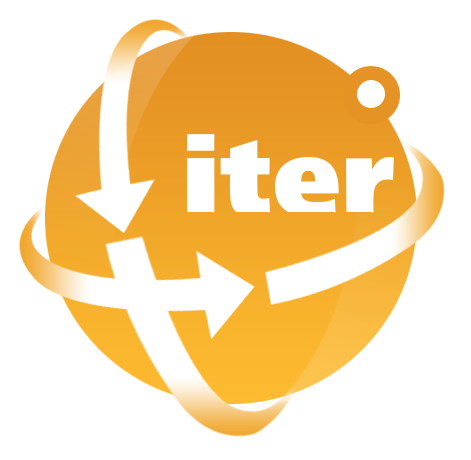
Nuclear Fusion 76 – Researchers At Lehigh University Use Mayonnaise To Understand Plasma Behavior – Part 2 of 2 Parts
-
Nuclear News Roundup Aug 20, 2024
TVA board approves nuclear investment, rate increase kentuckytoday.com
Leak forces waste disposal shipment to return to San Onofre Nuclear Generating Station kpbs.org
Eswatini launches nuclear programme framework world-nuclear-news.org
IAEA releases 2023 nuclear power data world-nuclear-news.org
-
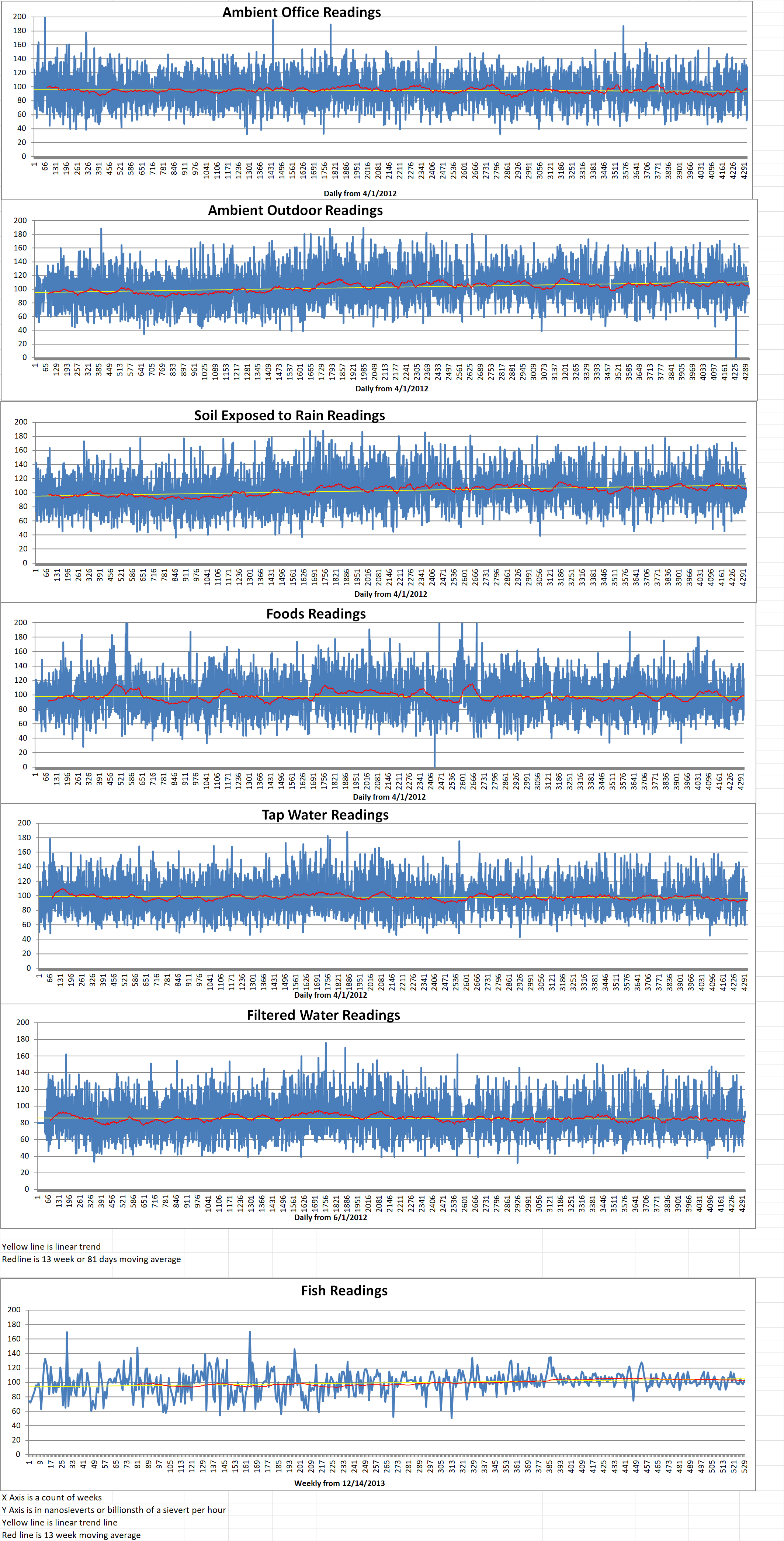
Geiger Readings for Aug 20, 2024
Ambient office = 128 nanosieverts per hour
Ambient outside = 98 nanosieverts per hour
Soil exposed to rain water = 100 nanosieverts per hour
Avocado from Central Market = 103 nanosieverts per hour
Tap water = 95 nanosieverts per hour
Filter water = 88 nanosieverts per hour
-
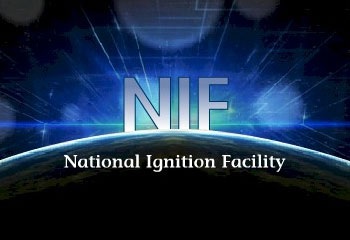
Nuclear Fusion 75 – Researchers At Lehigh University Use Mayonnaise To Understand Plasma Behavior – Part 1 of 2 Parts
Part 1 of 2 Parts
In the quest to harness nuclear fusion as a nearly limitless and clean energy source, researchers have turned to mayonnaise. This household condiment is assisting scientists at Lehigh University to understand complex fluid dynamics that take place during fusion reactions. Their research will potentially pave the way for more efficient fusion processes.
Nuclear fusion is the process that powers the sun. If it can be achieved on Earth it could change the world’s energy landscape forever. Creating nuclear fusion on Earth, however, involves replicating the sun’s extreme conditions, a task that remains extremely challenging.
In late 2022, scientists at the National Ignition Facility (NIF) in California announced a landmark achievement in nuclear fusion. For the first time, they were able to extracted more energy from a controlled fusion reaction than was used to initiate it. On October 30, 2023, the NIF set a new record for generating laser energy. For the first time, they fired two and two tenths megajoules of energy at an ignition target, resulting in three and four tenths megajoules of fusion energy yield.
The announcement of the NIF breakthrough led to a familiar divide in opinion. Fusion proponents celebrated it as a sign that the long-awaited fusion era might be nearing. Skeptics remained unconvinced, pointing out that fusion has been “20 years away” for decades. This tension indicates the high stakes involved.
(Helion Energy is an aneutronic fusion startup in Redmond, Washington. They are hoping to provide fusion energy to Microsoft in 2028, much sooner than thirty years in the future.)
The world is in desperate need of a clean, abundant energy source to take the place of fossil fuels and mitigate the climate crisis. Fusion occurs when light atomic nuclei merges and release energy. It has always been this sort of white whale. However, after decades of research, it is still not clear when or if fusion will be a significant contributor to our energy mix.
Most estimations suggest that practical fusion energy might not be realized until around 2050. Unfortunately, this timeline means that fusion energy is unlikely to play a significant role in reducing carbon emissions by mid-century. This is a crucial period for addressing global warming.
The challenges of harnessing fusion are huge. The fusion process involves creating and maintaining conditions similar to those inside stars where temperatures reach one hundred million degrees Kelvin. This requires using powerful magnetic fields to confine a plasma of hydrogen isotopes, deuterium, and tritium. This task has proven extremely difficult. In addition, reactors must withstand the intense neutron bombardment generated during the fusion reactions, which degrades materials over time.
There are multiple designs for fusion reactors currently in development. The most promising designs are inertial confinement fusion and magnetic confinement fusion. The former is what the is used INF. It is an approach where scientists use powerful lasers or ion beams to compress a tiny pellet of fuel until the conditions for fusion are met. The target is typically a mix of deuterium and tritium hydrogen isotopes.
Please read Part 2 next -
Nuclear News Roundup Aug 19, 2024
Set-up error stops Japanese effort to remove Fukushima nuclear fuel debris upi.com
Kenya Aims To Build Nuclear Power Plant By 2034: Minister barrons.com
Nuclear fallout victims entitled to free advice and cancer screenings but not compensation sltrib.com
Slovak PM Fico to discuss new nuclear plant with South Korea – TASR reuters.com
-
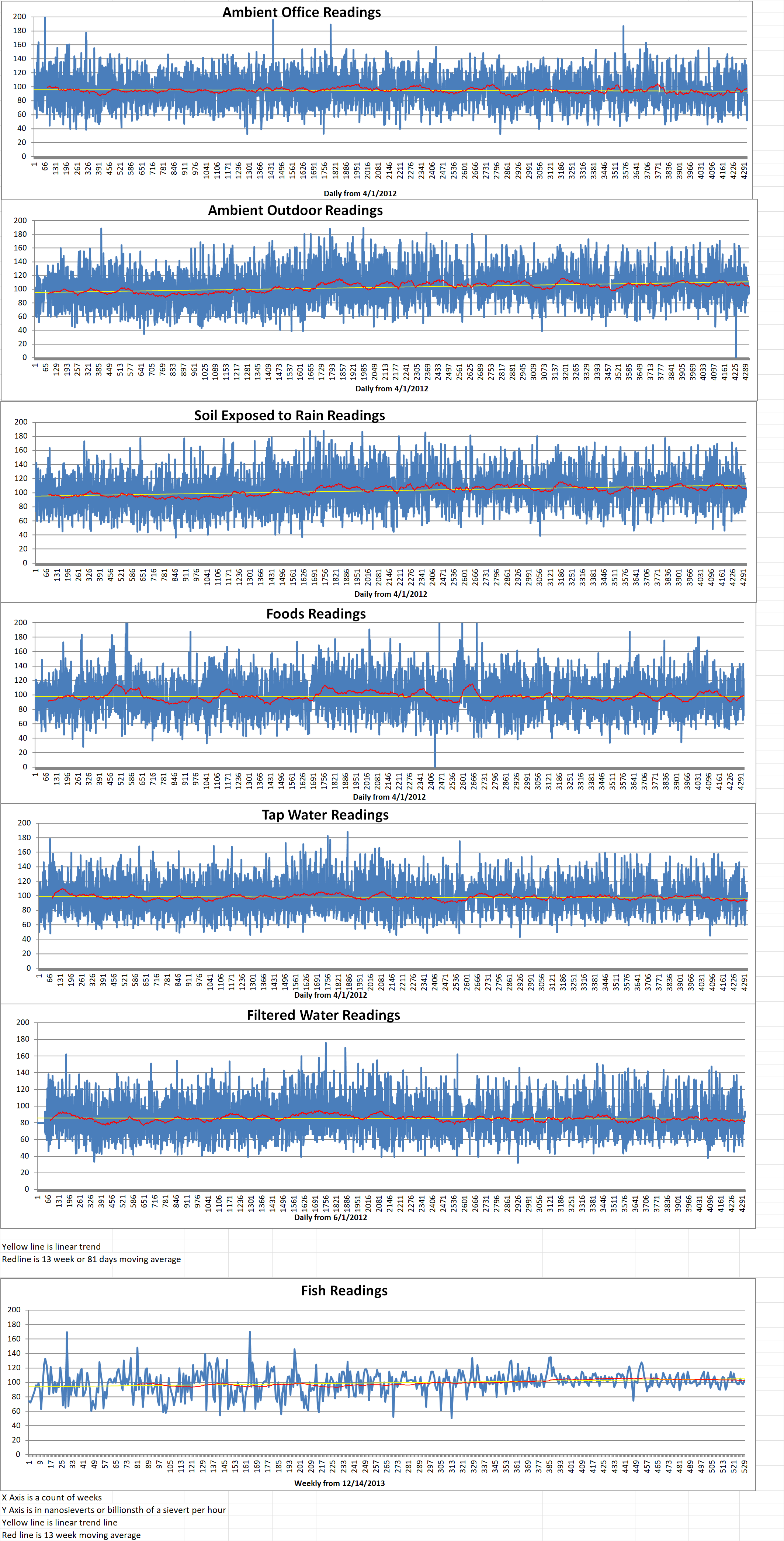
Geiger Readings for Aug 19, 2024
Ambient office = 89 nanosieverts per hour
Ambient outside = 100 nanosieverts per hour
Soil exposed to rain water = 102 nanosieverts per hour
Tomato from Central Market = 114 nanosieverts per hour
Tap water = 102 nanosieverts per hour
Filter water = 89 nanosieverts per hour
-
Nuclear News Roundup Aug 18, 2024
California legislators break with Gov. Newsom over loan to keep state’s last nuclear plant running livemint.com
China Responds to Top-Secret US Nuclear War Strategy newsweek.com
Putin says Ukraine tried to attack Kursk nuclear plant hurriyetdailynews.com
North Korea could create a ‘nuclear domino’ effect in Asia: Seoul upi.com
-
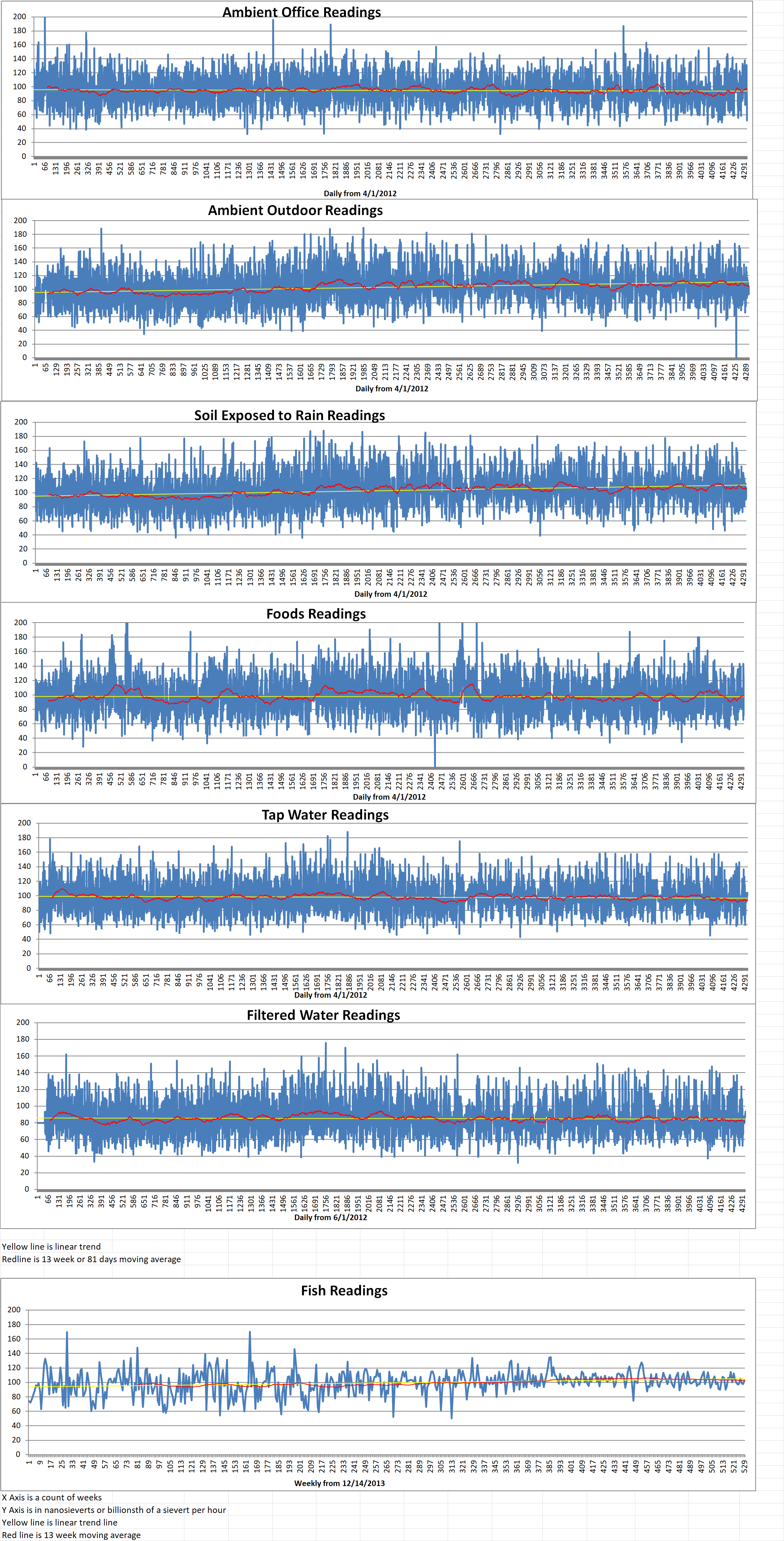
Geiger Readings for Aug 18, 2024
Ambient office = 57 nanosieverts per hour
Ambient outside = 94 nanosieverts per hour
Soil exposed to rain water = 94 nanosieverts per hour
Red bell pepper from Central Market = 122 nanosieverts per hour
Tap water = 104 nanosieverts per hour
Filter water = 93 nanosieverts per hour
-
Nuclear News Roundup Aug 17, 2024
Russian nuclear giant Rosatom directed additional income through Dutch subsidiary kyivindependent.com
Researchers: Iran’s scientific modeling likely influenced US assessment of Tehran’s nuclear program voanews.com
Japan students urge abolition of nuclear weapons in Geneva English.kyodonews.net
China Approves 11 New Nuclear Reactors, Including Fourth-Generation Design powermag.com
-

Geiger Readings for Aug 17, 2024
Ambient office = 52 nanosieverts per hour
Ambient outside = 93 nanosieverts per hour
Soil exposed to rain water = 96 nanosieverts per hour
Avocado from Central Market = 72 nanosieverts per hour
Tap water = 100 nanosieverts per hour
Filter water = 89 nanosieverts per hour
Dover Sole from Central = 103 nanosieverts per hour
